Blog
Up to 60% of Europe's rivers and lakes are contaminated, says the European Environment Agency
The European Union Water Framework Directive 2000 program, after 18 years of operation, did not reach the results expected after its first phase.
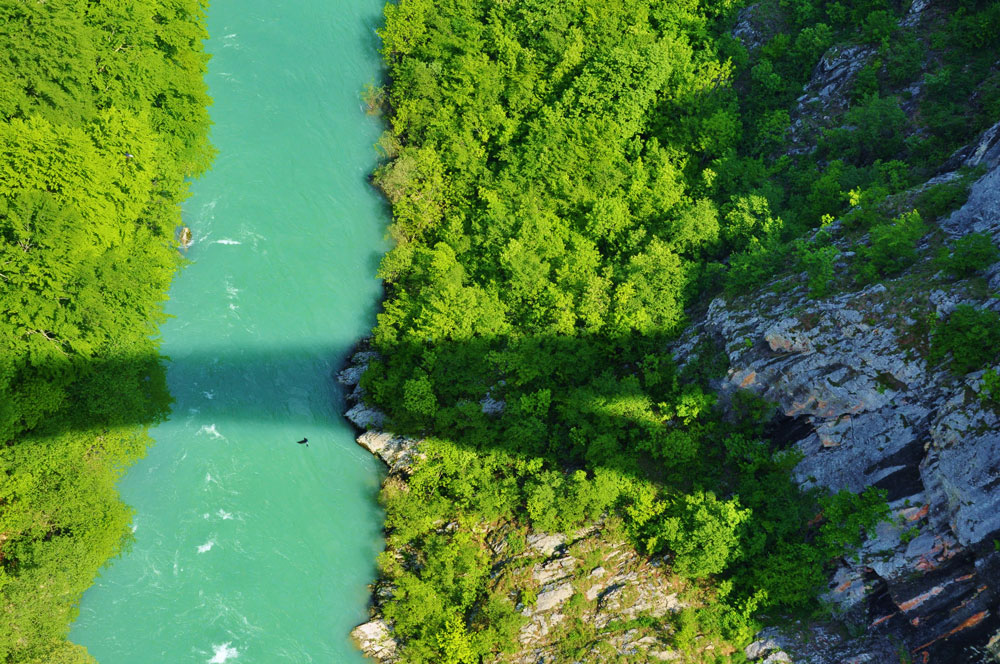
What steps should the EU Member States take to meet the standards and improve the health of their watercourses?
The results of the European Environment Agency research show that only 40% of the rivers and streams in Europe have met the basic EU conditions and are subject to "satisfactory" status.
This category includes countries from Scandinavia, Scotland, Estonia, Slovakia and Romania. On the contrary, the United Kingdom, Spain, Lithuania and Germany did not meet the established standards.
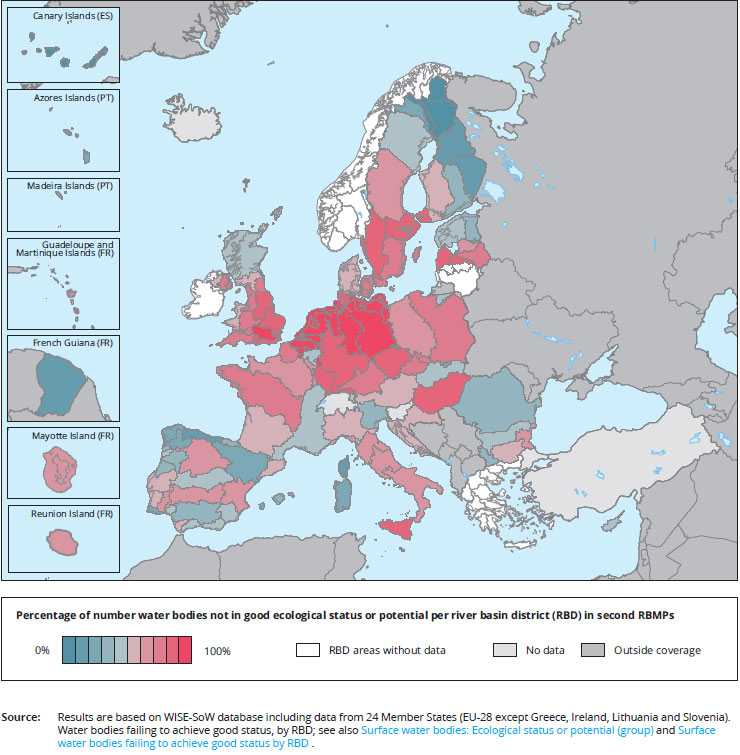
A map of contaminated rivers and lakes - blue color depicts areas that meet EU standards, red ones that did not meet them.
Source: eea.europa.eu
The European Union wants clean water courses
The data was collected by researchers from 130,000 selected rivers and streams, continuously from 2010 to 2015. They pursued three main objectives:
-
the conservation of river ecology and the surrounding area
-
chemical composition
-
the amount of water in the flow
The results have shown that pollution occurs mainly due to discharges of wastewater from farms and sewers, and they have also pointed out the contamination of water with mercury and cadmium.
They are especially conscious of factories operating in the steel and agricultural industries.
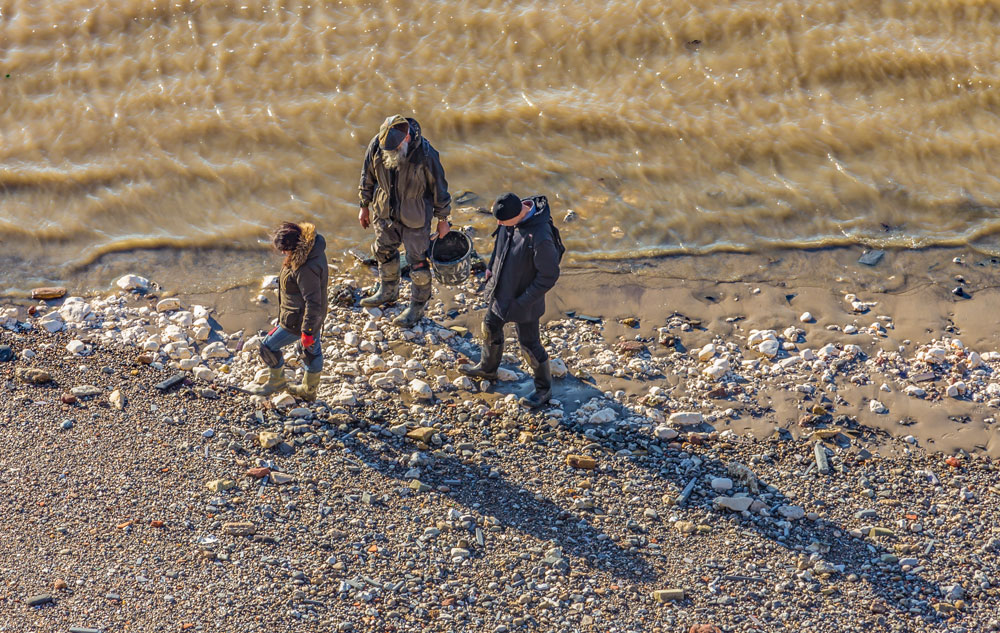
However, according to European Commissioner Karmen Vella, the situation regarding our European flows has slightly improved since 2010. But work needs to be done more forcefully.
Advancements to EU standards are also hindered by so-called human interventions in the natural structure of watercourses, such as dam construction, higher population density, land reclamation, sewerage generation and interference with natural watercourse with intent to divert them.
Water Framework Directive 2000
In 2000, the European Union issued a directive requiring Member States to approach the good qualitative and quantitative status of all bodies of water, including marine waters, up to one nautical mile from the coast.
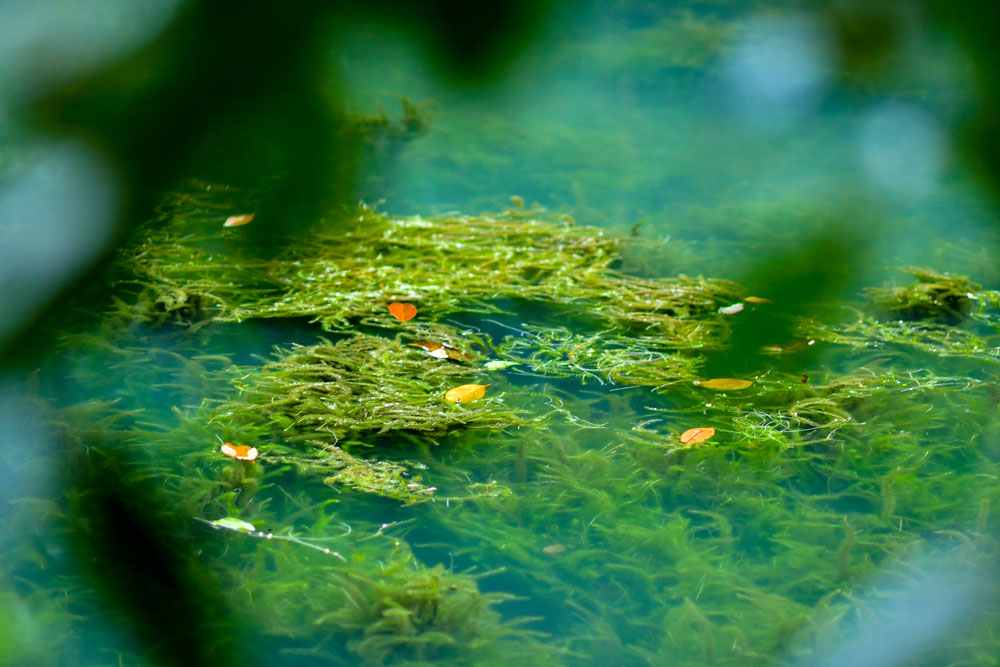
However, it was not possible to meet the targets until 2015, when the assessment of the first cycle of the project was established. The second and third cycles with endings in 2021 and 2027 provide members with space to develop further activity towards recovery.
Some Member States will therefore have to deviate from the traditional system approach to water management in the near future to implement the directives as quickly and conveniently as possible in system management and correctly interpret the objectives of the WFD with a view to preserving the uniqueness of its ecosystem.
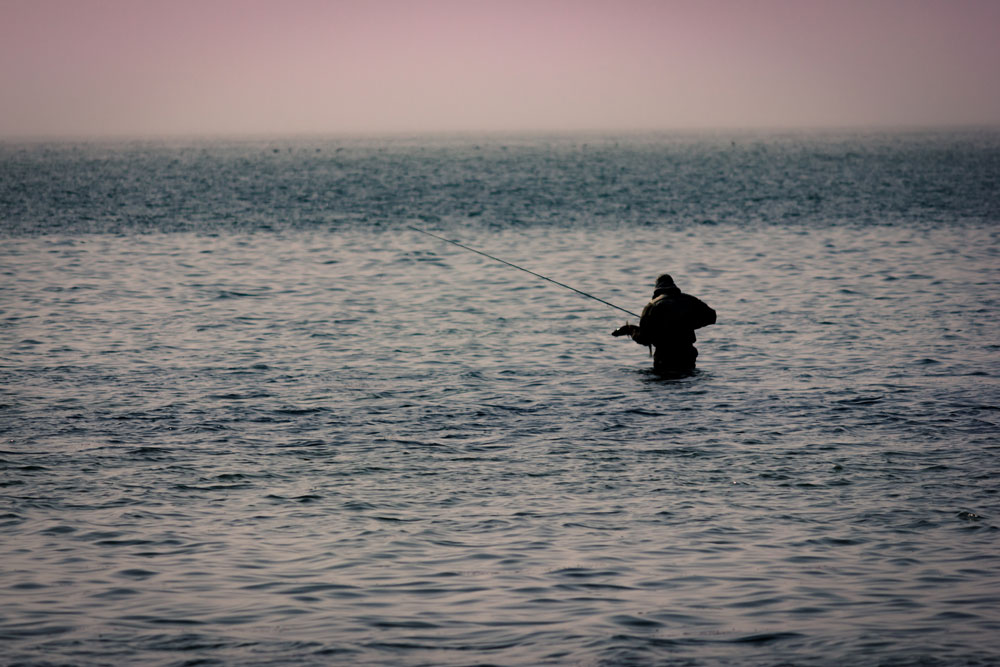
"We must step up our efforts to ensure that our waters are just as clean and durable as they should be - our own health and the health of our vital aquatic and marine ecosystems depend on it," says Director of the European Environment Agency Hans Bruyninckx .
More articles
COVID-19 in wastewater: doesn’t survive proper treatment and under certain circumstances might even help
Late in April, samples from 12 wastewater plants were collected in Kansas. Up to 10 of them were found to have genetic material with the contents of...
